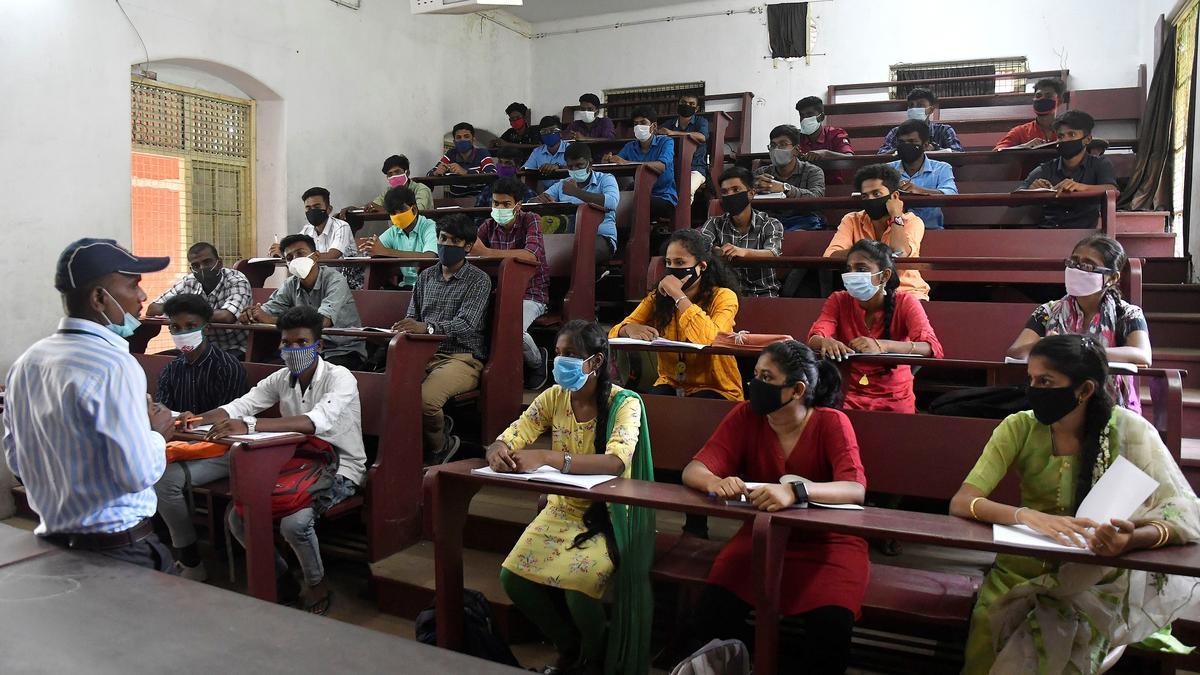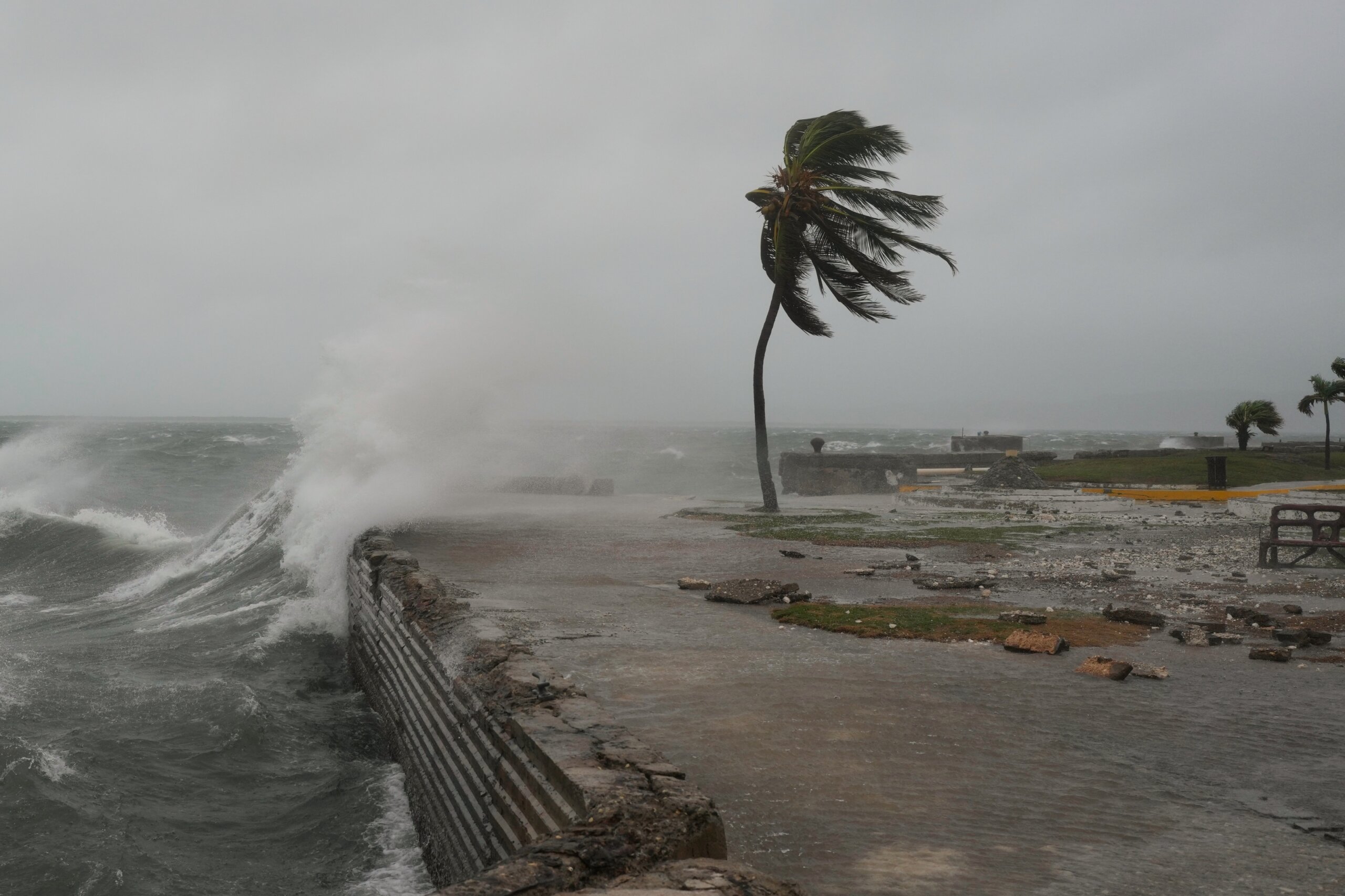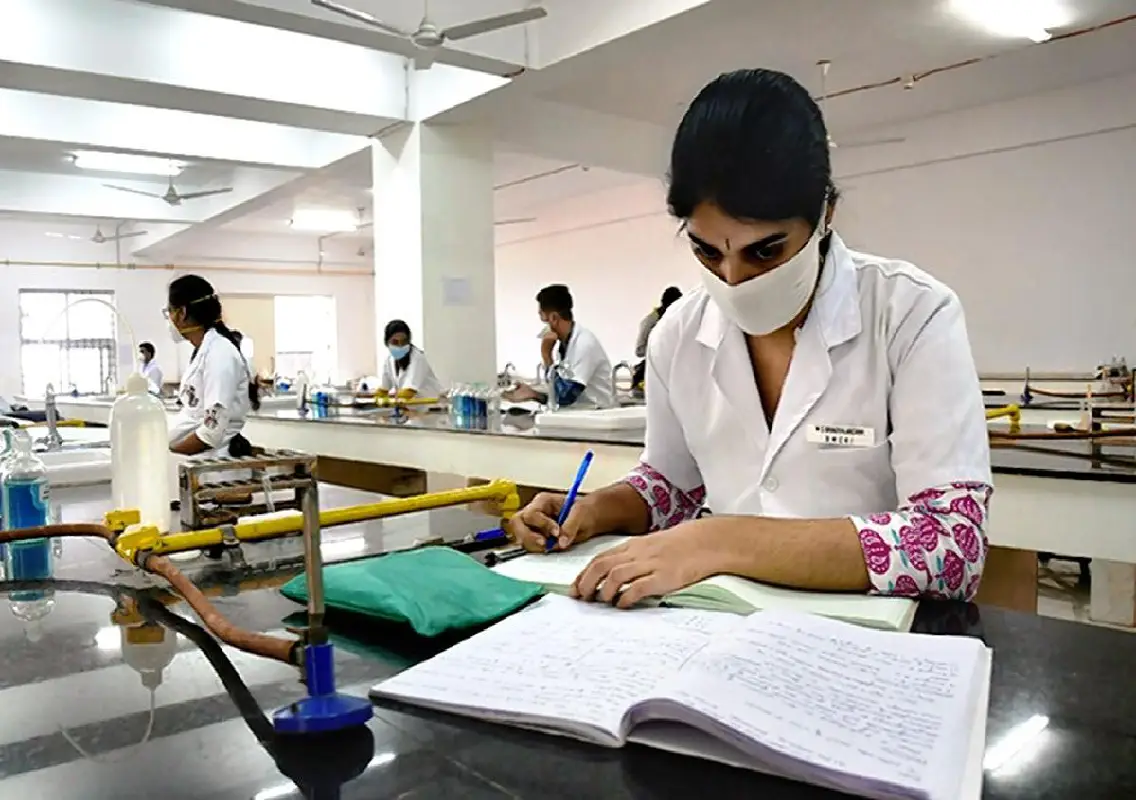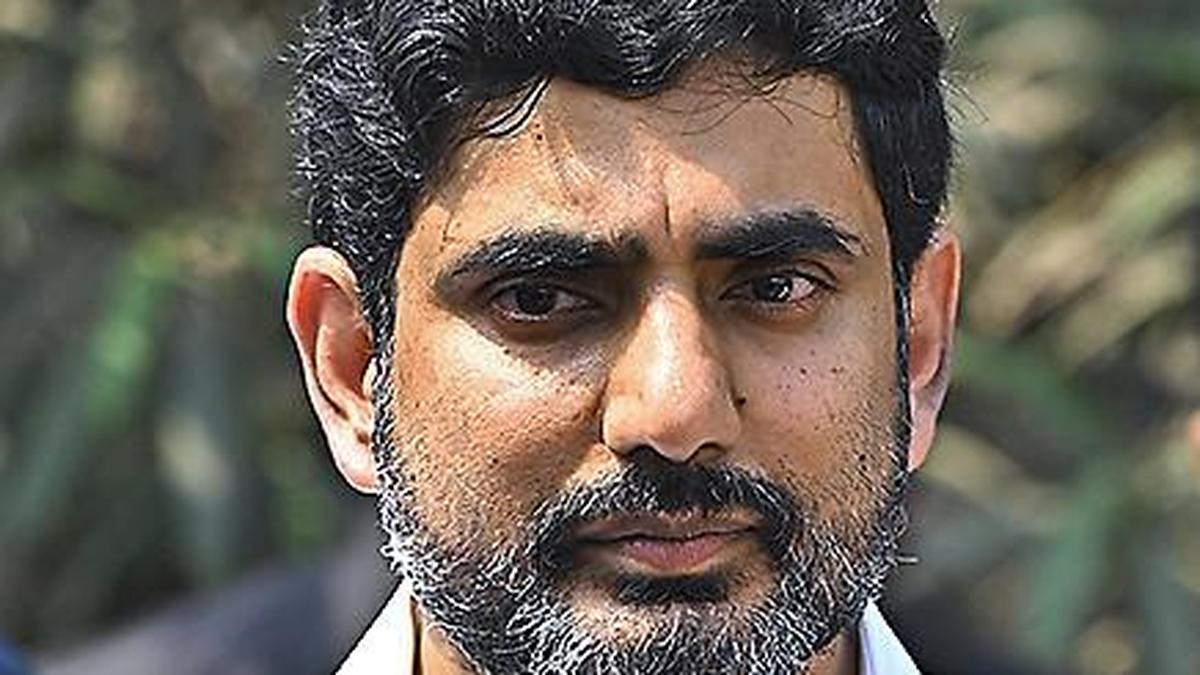Copyright thehindu

China has overtaken India as the most-represented location in the QS World University Rankings: Asia 2026, according to the rankings released this week. While India added 132 universities and institutes to the list this year, taking its tally to a record high of 294, China added 259 institutions, bringing its total to 394. In the last two editions, India had the highest number of universities and institutes in the rankings, ahead of China. This year, a total of 1,526 universities were ranked, of which 557 are new entries. Seven Indian institutions feature in the top 100, with the Indian Institute of Technology, Delhi, ranked highest at 59, followed by the Indian Institute of Science (IISc), and the IITs in Madras, Bombay, Kharagpur, and Kanpur, along with the University of Delhi. China, meanwhile, has 25 universities in the top 100, Japan 15, and South Korea 12. While India retained the same number of institutes in the top 100 as last year, their rankings declined. IIT Delhi, for instance, slipped from 44 in the 2025 rankings to 59 this year. The University of Delhi fell from 81 to 95, IISc from 62 to 64, IIT Madras from 56 to 70, IIT Bombay from 48 to 71, IIT Kanpur from 67 to 77, and IIT Kharagpur from 60 to 77. The QS World University Rankings: Asia assess institutions based on 11 indicators tailored to reflect regional contexts. Although the absolute scores of Indian universities improved compared with last year, their relative rankings dropped due to stronger performances by other countries. The top 10 positions in the 2026 rankings were dominated by universities from Hong Kong, Singapore, and China. A statement from QS said 36 Indian universities improved their rankings, 16 maintained their positions, and 105 declined. India, however, led the ‘Papers per Faculty’ indicator, with five universities among Asia’s top 10 and 28 among the top 50, more than double China’s count (two in the top 10 and 14 in the top 50). India also had 46 universities in the top 100 for ‘Papers per Faculty’ and 45 in the top 100 for ‘Staff with PhD’, while South Korea followed with 15. Other indicators used by the London-based QS include citations per paper, employer reputation, faculty-student ratio, international research network, and international student and faculty ratios. Sharing the rankings on Tuesday, Prime Minister Narendra Modi said, “Glad to see a record increase in the number of Indian universities in the QS Asia University Rankings over the last decade. Our government is committed to ensuring quality education for our youth, with a focus on research and innovation. We are also building institutional capacities in this sector by enabling more educational institutions across India.” In its statement releasing the 2026 rankings, QS said, “While the big four destinations, the U.K., the U.S., Australia, and Canada, have dominated the international study market in previous years, new policies restricting student flows mean that Asian destinations are becoming increasingly popular, particularly in East and South-East Asian countries like China, Japan, South Korea, Hong Kong (SAR), and Singapore.” It added that India “continues to be a prominent source market”, while also making efforts to attract international students to its universities.



